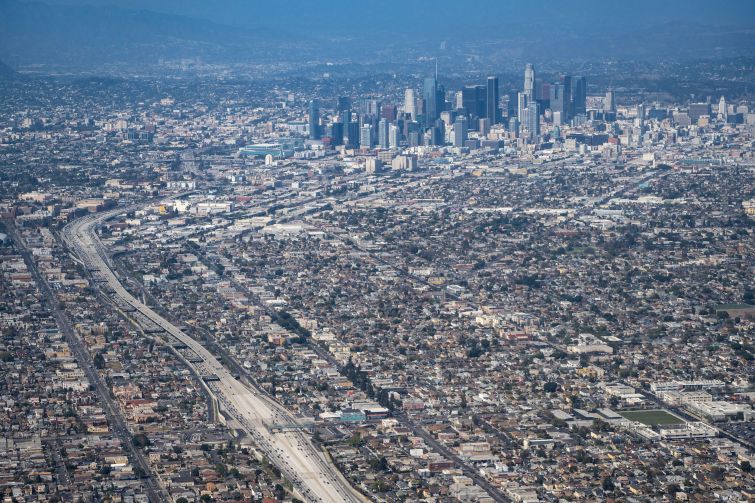L.A.’s Tech Scene Boomed in 2020, and Here’s Why
By Todd Doney July 13, 2021 1:42 pm
reprints
The past year has been one of ups and downs. Volatile labor markets, shifting social distancing restrictions, and companies adapting to increased remote work have all been forces to contend with in the commercial real estate sector. Throughout the year, though, one shining bright spot in Southern California has been the region’s robust and growing tech sector.
Los Angeles is world-renowned for many industries: from Hollywood to aerospace, and from legal services to the financial sector. Over the last decade, though, the incredible maturation of the area’s tech community has demonstrated the intense economic vibrancy of the Los Angeles area and the future to come. L.A.’s economic base is increasingly diversified, embracing high-growth sectors like technology and underscoring an ecosystem of knowledge-based creativity.

CBRE research’s latest report highlights the stunning strides that L.A. has made in creating and retaining tech talent. The annual “Scoring Tech Talent” report — now in its ninth year — ranks the top 50 North American markets by analyzing 13 measures of their ability to attract and develop tech talent, including tech graduation rates, tech job concentration, tech labor pool size, and labor and real estate costs, among others.
The scores based on last year’s performance demonstrate that the greater Los Angeles and Orange County region has cemented itself as a premier site for technology workers: the region climbed eight spots to No. 9 overall.
What drove that growth? For one, there is an incredible organic pool of talent. The region produces the second-most tech graduates in North America, with 13,923 tech degree completions in 2019, a 56.9 percent increase over the past five years. Beyond that, the embedded media and entertainment ecosystem has fostered tech growth, especially as the lines between content creation and technology platforms have blurred.
Of course, the region’s proximity to the Bay Area has also proved to be a boon. San Francisco is a short flight away and the state’s two primary metro areas have long been intertwined. In fact, the L.A. metro experienced a striking 31 percent increase in in-migration from the Bay Area in 2020, according to our latest migration report.
While not all of this is tech-related, and some might be temporary displacement due to the pandemic, it clearly demonstrates the ways in which this region is establishing itself as a complementary (tech) hub to those up north.
The tech sector, regionally and nationally, has been remarkably resilient during COVID-19. The 20 tech occupations that CBRE (CBRE) defines as tech talent registered job growth of 0.8 percent in 2020 nationally, while non-tech occupations declined by 5.5 percent. Software developers and programmers were the most in-demand tech job category last year, adding 85,000 U.S. jobs for a 4.8 percent growth rate from a year earlier.
The growth in the tech sector is translating into activity on the ground. My tech clients are some of the most active tenants in the L.A.-area market right now. In particular, many are taking the long view and are eager to lock down the best office space in anticipation of future growth. This has supported intense demand in the region’s most exciting submarkets like Hollywood, the Arts District, Burbank and West L.A.
Todd Doney is a vice chairman at CBRE who specializes in office leasing in Los Angeles.


